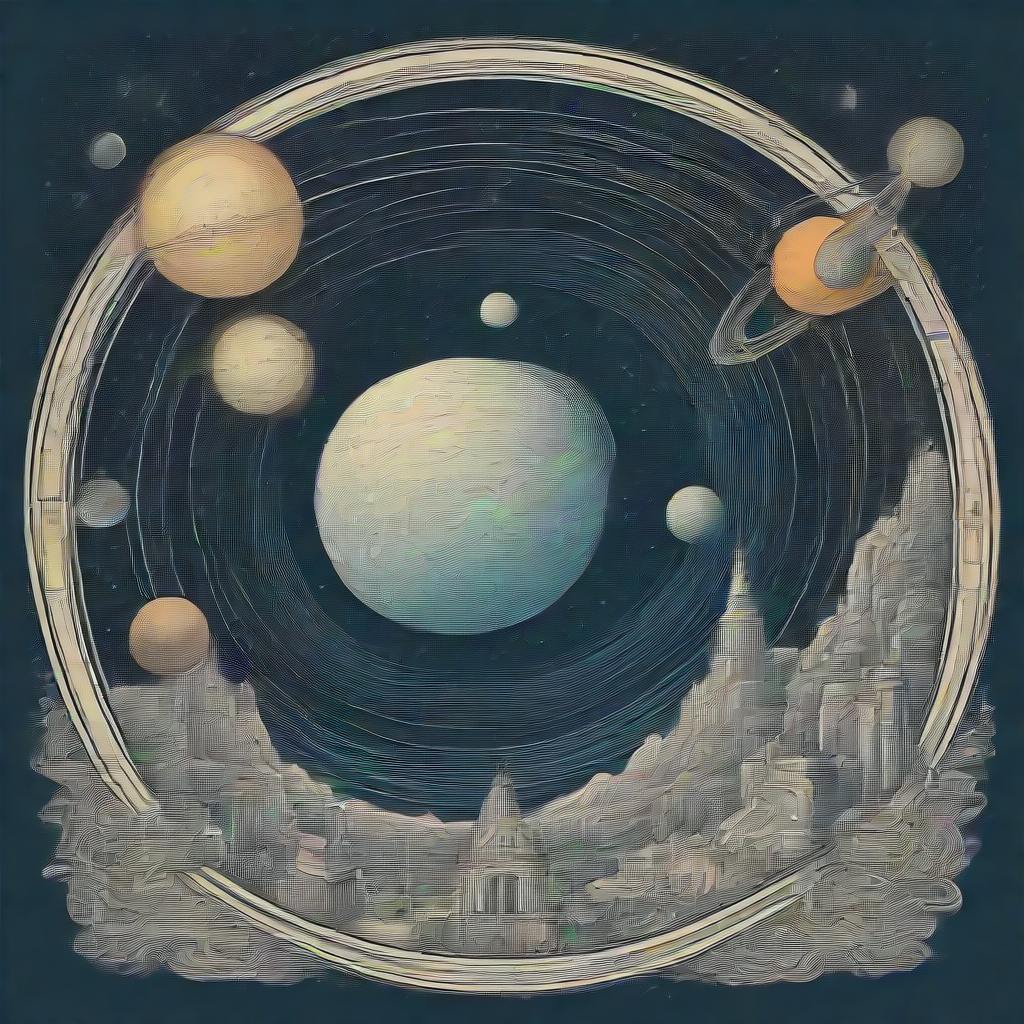This paper is available on arxiv under CC 4.0 license.
Authors:
(1) Eleonora Alei, ETH Zurich, Institute for Particle Physics & Astrophysics & National Center of Competence in Research PlanetS;
(2) Björn S. Konrad, ETH Zurich, Institute for Particle Physics & Astrophysics & National Center of Competence in Research PlanetS;
(3) Daniel Angerhausen, ETH Zurich, Institute for Particle Physics & Astrophysics, National Center of Competence in Research PlanetS & Blue Marble Space Institute of Science;
(4) John Lee Grenfell, Department of Extrasolar Planets and Atmospheres (EPA), Institute for Planetary Research (PF), German Aerospace Centre (DLR)
(5) Paul Mollière, Max-Planck-Institut für Astronomie;
(6) Sascha P. Quanz, ETH Zurich, Institute for Particle Physics & Astrophysics & National Center of Competence in Research PlanetS;
(7) Sarah Rugheimer, Department of Physics, University of Oxford;
(8) Fabian Wunderlich, Department of Extrasolar Planets and Atmospheres (EPA), Institute for Planetary Research (PF), German Aerospace Centre (DLR);
(9) LIFE collaboration, www.life-space-mission.com.
Table of Links
Appendix A: Scattering of terrestrial exoplanets
Appendix C: Bayes’ factor analysis: other epochs
Appendix D: Cloudy scenarios: additional figures
5. Conclusions
The Bayesian retrieval framework introduced in Paper III and extended here has delivered insightful answers to the questions introduced in Section 1. These can be summarized as follows:

This paper is available on arxiv under CC 4.0 license.

